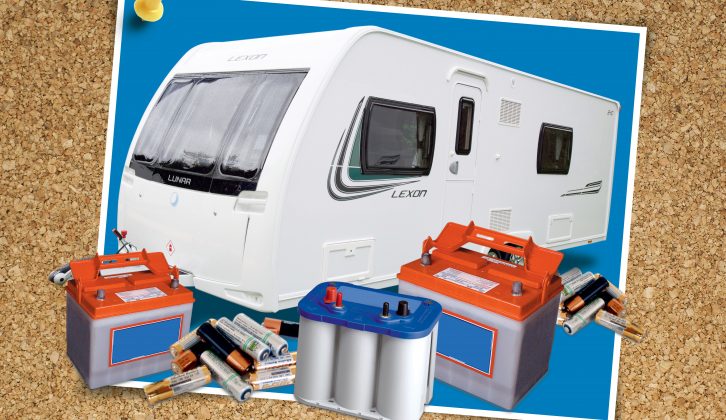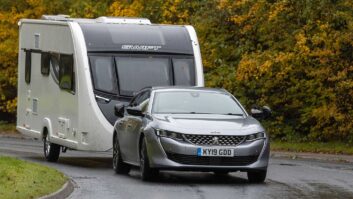It should have been simple; instead, it’s turned out to be one of the most complicated purchases of my life.
Let me explain: the leisure battery on our caravan has given up the ghost. Even the three-watt LED downlighters were struggling to glimmer. “Time for a replacement,” I thought naively, and trotted off to my local van-supplies emporium.
My experience of batteries thus far had been limited to those labelled AA, AAA and the strange little square ones that go in smoke detectors, with the odd top connectors that look much like a mini cauliflower and a rivet. Nothing could have prepared me for the overwhelming, bewildering and mind-boggling choice that faced me in the shop. Batteries with names like super heroes (‘Power Cruncher’, ‘Turbo Starter’ and ‘Power Devil’), and emblazoned with go-faster stripes and exploding firework graphics, screamed their various virtues.
The first decision seemed to be how long I wanted the battery to survive. I couldn’t find one that said ‘forever’ (which seemed to me to be the obvious choice), and judging by their external appearance there seemed to be no difference between those with a one-, two-, four- or five-year guarantee. What strange, anti-ageing concoctions did their innards conceal?
As I looked further, I felt as though I had missed out on an entire process of evolution, with strange and interesting elements that sounded like they came from a planet in a Superman movie playing prominent roles. I really do think I saw one that featured kryptonite.
The price range also seemed illogical, with the most expensive battery costing four times the price of the cheapest. How could this be? At the end of the day, they all produce 12 volts. It’s not a super-refined, extra-mature or premium-quality 12v: just 12v. Was I missing something?
I decided to return home and do some further research on the internet. Bad idea. It soon became apparent that I had entered the realms of science fiction, where strange men in white coats were experimenting with nano-technology and particle physics to create the low-voltage equivalent of miniature nuclear reactors. One of the latest technologies appeared to utilise the startling capabilities of calcium! Isn’t that the stuff I periodically scrape off the insides of my kettle? How could this be the ‘wonder solution’ to my electricity storage crisis?
In the end, I headed down to my garden shed and dug out my trusty soldering iron, an old biscuit tin and lots and lots of wire. I’m proud to report that my caravan is now happily humming and powered by 250 rechargeable AA batteries soldered together, like an experiment in a school physics lesson.
Visit Martin’s website for information about him, his books and his property training weekends, and follow his adventures on Twitter.
Nothing could have prepared me for the overwhelming, bewildering and mind-boggling choice that faced me in the shop









